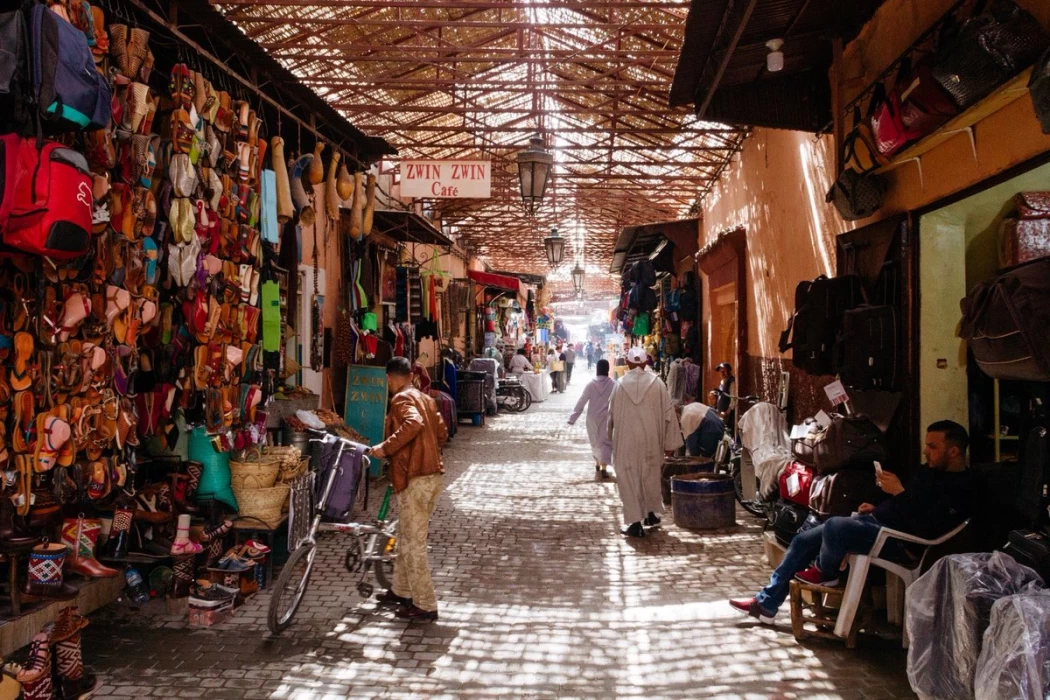
Souk Al Khayamiya | Tentmakers Bazaar
Tentmakers Bazaar
Behind the southern walls of Cairo's Fatimid neighborhood and directly across the street from Bab Zuwayla stands a unique place in modern Cairo: the Khayamiya Market, a high-ceilinged alleyway lined with stalls where Cairo merchants have been selling their wares for centuries. Here you can find carpets, colorful tapestries, quilted cushion covers and wall hangings, but the market takes its name from the tent makers who offer textiles made of colorful fabric and decorated with traditional Islamic designs reminiscent of the inlaid marble that adorns mosques.
In front of Bab Zuwayla, near the “Under the Quarter” area, Khayamiya Street, one of Cairo's most famous covered markets, is located along Al-Moez Street, as soon as you enter the street, you will find a group of workshops that specialize in the ancient artistic heritage.
Khayamiya is the art of embroidery with fabrics of different colors in the form of geometric decorative shapes inspired by the inherited Islamic arts
Khayamiya is also a popular industry and trade, as tents were made for sultans, princes and notables, and marquees were erected and installed during seasons, holidays and celebrations, and the souars that came from the citadel to buy tents passed in front of them, in addition to the souars of merchants that passed through Bab Zuwayla until they entered the Ghoria market.
Khiyamiya Street is more than a thousand years old, and it is also called “Kasbah Radwan” after Radwan Bey, the Amir of Hajj, and this area still retains its commercial activity, as it is famous for its tent and leather industry.
Kasbah Radwan was built by Prince Radwan Bey Al-Faqari in 1060 AH / 1650 AD, in which he made houses and shops, and established a corner, which was renovated by the Department of Antiquities Conservation.
Egypt is considered the first country to have the craft of “khayamiya”, derived from the word “khayyam”, which means the manufacture of colored fabrics or the art of added textiles, and the craft is associated in the mind of many with decorative fabrics that are used in making marquees, but this authentic craft has a much larger concept than that.
The first features of khayamiya began in the Pharaonic era, then evolved through different times, to carve a prominent place for itself in the world of fabrics, hand embroidery and artistic heritage, and to establish a street in the heart of historic Cairo that bears its name, and has been considered for decades from its market, after the artisans gathered in it, to present their unique creations to the whole world.
With this long journey through successive decades, the names of a group of artisans, both inside and outside the “khayamiya market”, who elevated their craft to the ranks of art, as they were able to take it out of the traditional framework to innovation and innovation
In the beginning, the street includes several shops on both sides where slippers and the like are made, followed by a large agency for the sale of leather goods, then a number of shops where tents are made, followed by shops of perfumers, butchers, and vegetarians.














